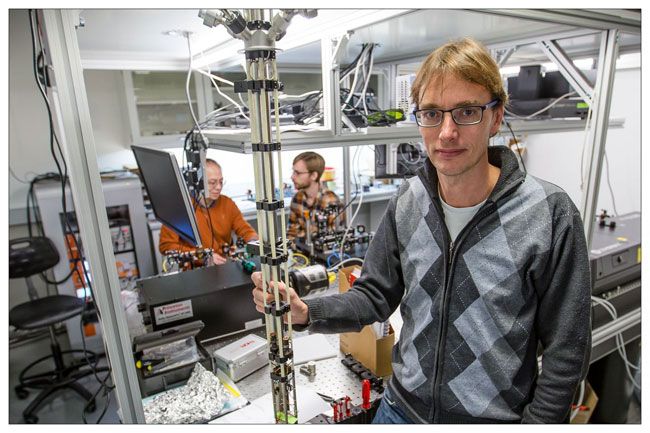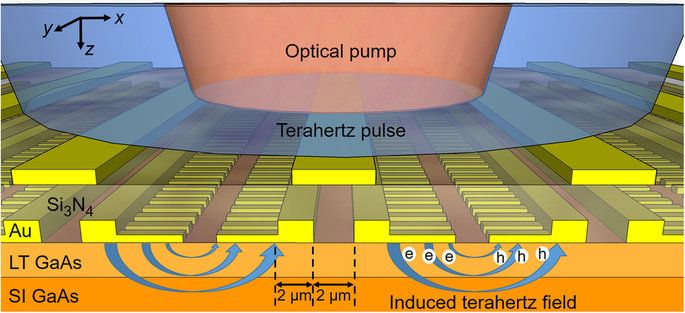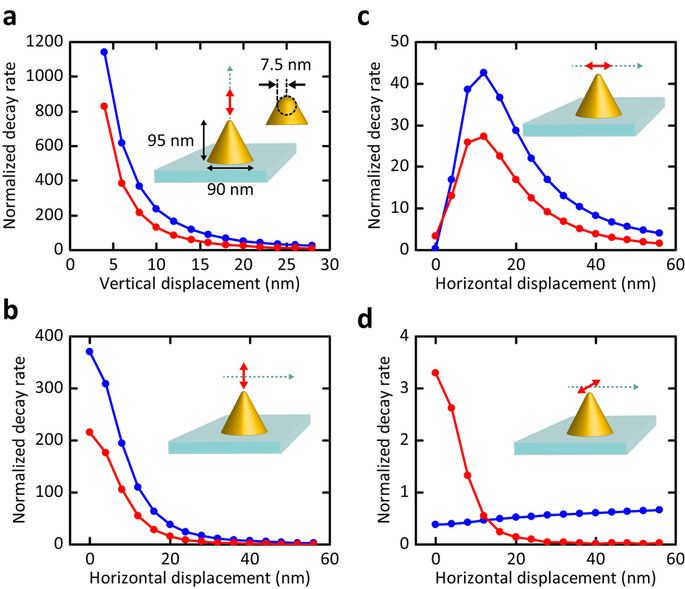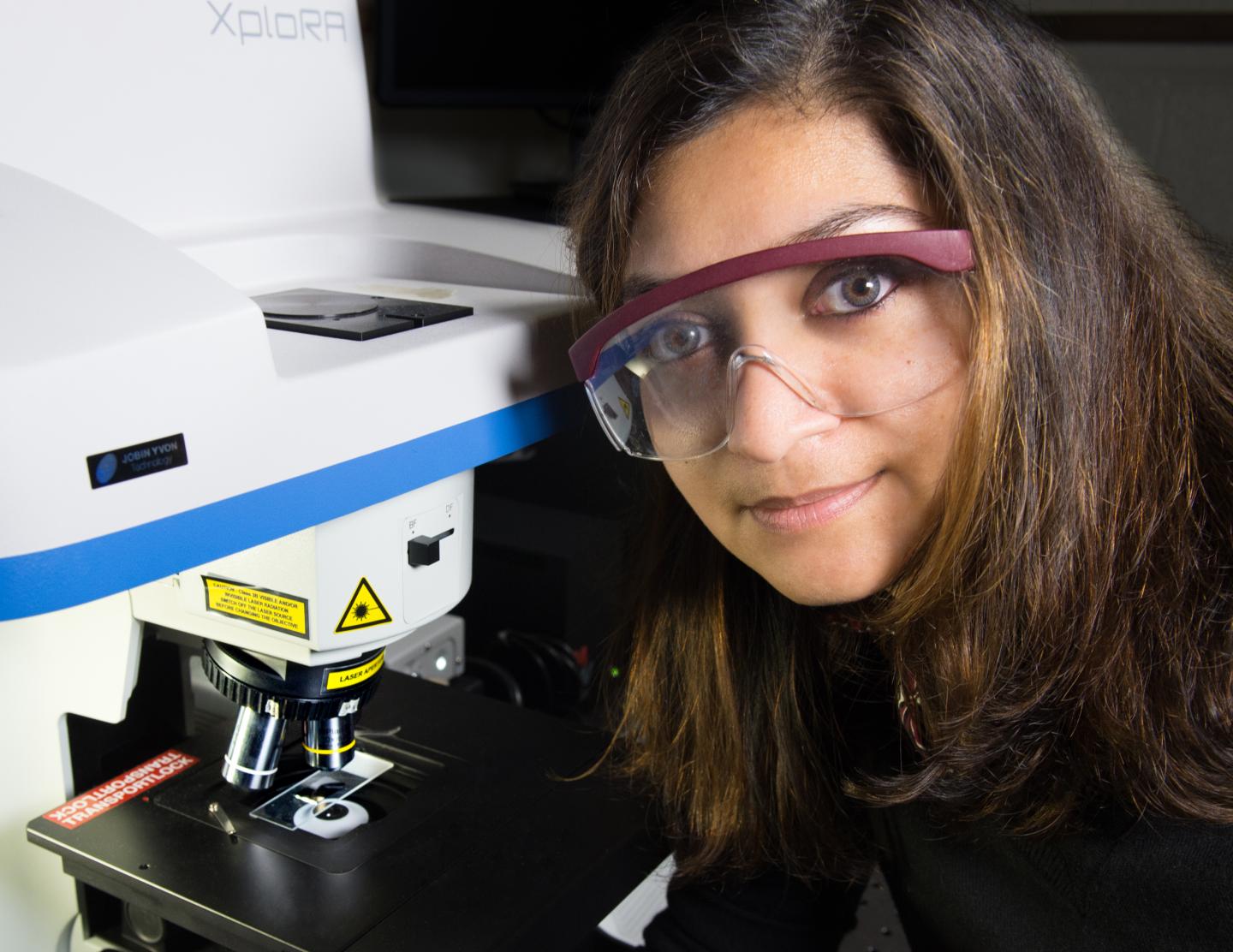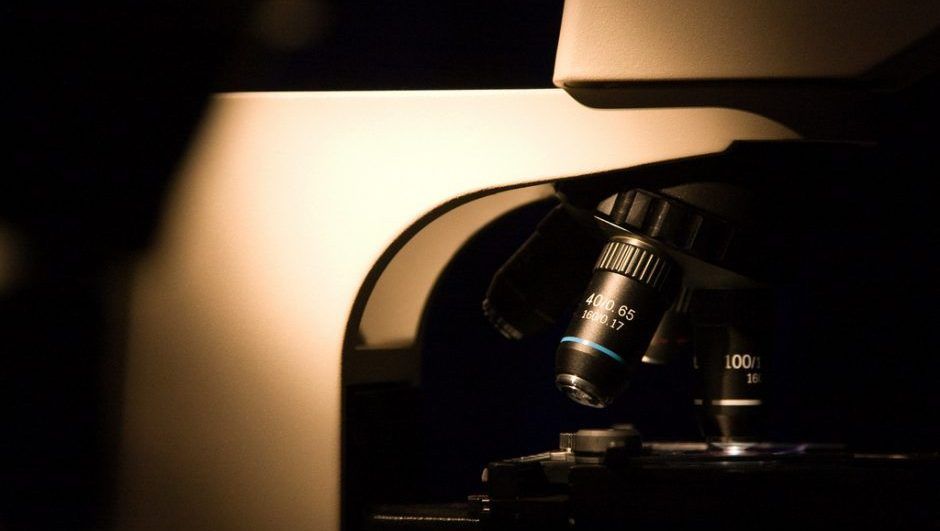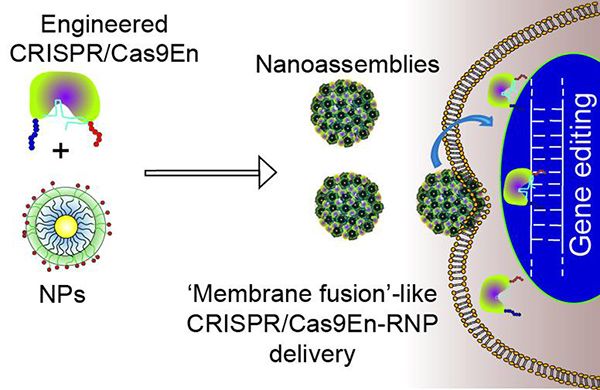Archive for the ‘nanotechnology’ category: Page 259
Feb 16, 2017
Company Claims Brain Transplants Could Bring Back the Dead by 2045
Posted by Karen Hurst in categories: biotech/medical, cyborgs, life extension, military, nanotechnology, neuroscience, Ray Kurzweil, robotics/AI, singularity
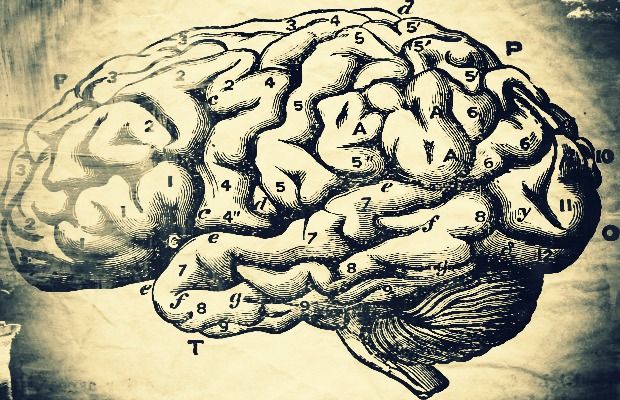
Not too shock by this given other transplant patient’s stories of memories, etc.

There are a lot of outrageous claims being made within the halls of neuroscience and artificial intelligence. Whether exaggerations, wishful thinking, the dreams of the egocentric and megalomaniacal to be immortal, or just drumming up funding for a never-ending round of “scientific investigation,” the year 2045 seems to always be cited as a target date.
Continue reading “Company Claims Brain Transplants Could Bring Back the Dead by 2045” »
Feb 16, 2017
From Initial Nucleation to Cassie-Baxter State of Condensed Droplets on Nanotextured Superhydrophobic Surfaces
Posted by Karen Hurst in categories: energy, nanotechnology
Science mimicking nature’s dew in a lab. Important btw in how we looking at H2O harvesting and improving how we advance green energy; however, I see usage of this research in other emerging technologies as well.
Understanding how droplet condensation happens plays an essential role for our fundamental insights of wetting behaviors in nature and numerous applications. Since there is a lack of study of the initial formation and growing processes of condensed droplets down to nano-/submicroscale, relevant underlying mechanisms remain to be explored. We report an in situ observation of vapor condensation on nano-/microtextured superhydrophobic surfaces using optical microscopy. An interesting picture of the vapor condensation, from the initial appearance of individual small droplets (≤1 μm) to a Cassie-Baxter wetting state (30 μm), are exhibited. It is found that individual droplets preferentially nucleate at the top and the edge of single micropillars with very high apparent contact angles on the nanotextures. Scenarios of two distinguished growing modes are reported statistically and the underlying mechanisms are discussed in the view of thermodynamics. We particularly reveal that the formation of the Cassie-Baxter wetting state is a result of a continuous coalescence of individual small droplets, in which the nanotexture-enhanced superhydrophobicity plays a crucial role. We envision that these fundamental findings can deepen our understanding of the nucleation and development of condensed droplets in nanoscale, so as to optimize design strategies of superhydrophobic materials for a broad range of water-harvesting and heat-transfer systems.
Feb 16, 2017
High Sensitivity Terahertz Detection through Large-Area Plasmonic Nano-Antenna Arrays
Posted by Karen Hurst in category: nanotechnology
Now, a discussion on Highly sensitive Plasmonic Nano-antenna arrays.
Plasmonic photoconductive antennas have great promise for increasing responsivity and detection sensitivity of conventional photoconductive detectors in time-domain terahertz imaging and spectroscopy systems. However, operation bandwidth of previously demonstrated plasmonic photoconductive antennas has been limited by bandwidth constraints of their antennas and photoconductor parasitics. Here, we present a powerful technique for realizing broadband terahertz detectors through large-area plasmonic photoconductive nano-antenna arrays. A key novelty that makes the presented terahertz detector superior to the state-of-the art is a specific large-area device geometry that offers a strong interaction between the incident terahertz beam and optical pump at the nanoscale, while maintaining a broad operation bandwidth. The large device active area allows robust operation against optical and terahertz beam misalignments. We demonstrate broadband terahertz detection with signal-to-noise ratio levels as high as 107 dB.
Feb 16, 2017
High-res biomolecule imaging
Posted by Karen Hurst in categories: biological, engineering, nanotechnology
Nice.
CAMBRIDGE, Mass. — Determining the exact configuration of proteins and other complex biological molecules is an important step toward understanding their functions, including how they bind with receptors in the body. But such imaging is difficult to do. It usually requires the molecules to be crystallized first so that X-ray diffraction techniques can be applied — and not all such molecules can be crystallized.
Now, a new method developed by researchers at MIT could lead to a way of producing high-resolution images of individual biomolecules without requiring crystallization, and it could even allow zoomed-in imaging of specific sites within the molecules. The technique could also be applied to imaging other kinds of materials, including two-dimensional materials and nanoparticles.
The findings are reported this week in the Proceedings of the National Academy of Sciences, in a paper by Paola Cappellaro, the Esther and Harold E. Edgerton Associate Professor of Nuclear Science and Engineering at MIT, and others at MIT and at the Singapore University of Technology and Design.
Feb 16, 2017
Five ways nanoscience is making science fiction into fact
Posted by Karen Hurst in categories: biotech/medical, nanotechnology
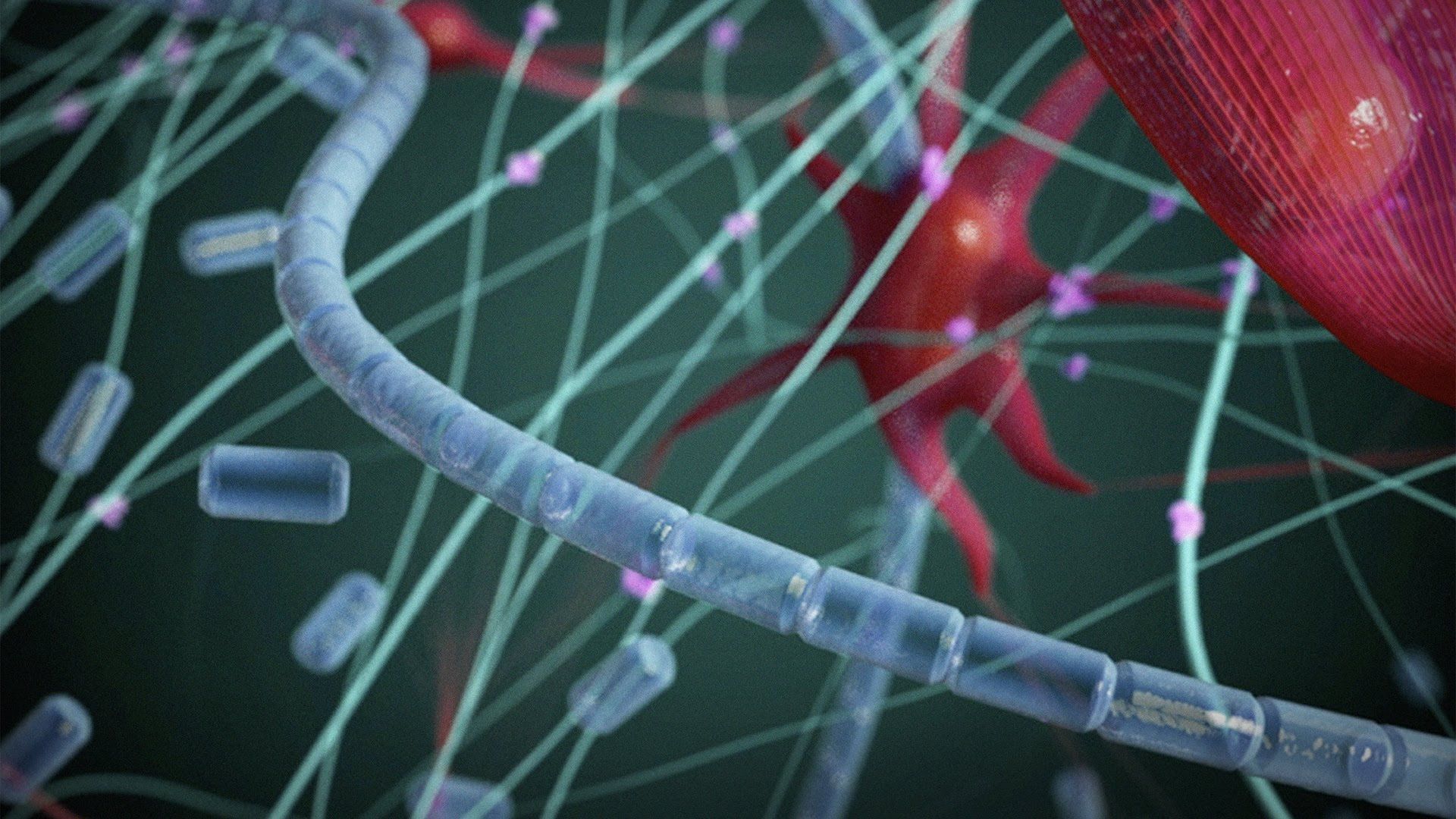
Russian author Boris Zhitkov wrote the 1931 short story Microhands, in which the narrator creates miniature hands to carry out intricate surgeries. And while that was nearly 100 years ago, the tale illustrates the real fundamentals of the nanoscience researchers are working on today.
Nanoscience is the study of molecules that are one billionth of a metre in size. To put this into perspective, a human hair is between 50,000 and 100,000 nanometres thick. At this tiny size, materials possess properties that lie somewhere between a lump of metal and that of a single atom. This unique environment means they can become very reactive and be used as catalysts.
Continue reading “Five ways nanoscience is making science fiction into fact” »
Feb 14, 2017
Controlled Coupling of a Single Quantum Dot to a Gold Nanocone Antenna
Posted by Karen Hurst in categories: nanotechnology, quantum physics
Multiexcitonic transitions and emission of several photons per excitation comprise a very attractive feature of semiconductor quantum dots for optoelectronics applications. However, these higher-order radiative processes are usually quenched in colloidal quantum dots by Auger and other nonradiative decay channels. To increase the multiexcitonic quantum efficiency, several groups have explored plasmonic enhancement, so far with moderate results. By controlled positioning of individual quantum dots in the near field of gold nanocone antennas, we enhance the radiative decay rates of monoexcitons and biexcitons by 109 and 100 folds at quantum efficiencies of 60 and 70%, respectively, in very good agreement with the outcome of numerical calculations. We discuss the implications of our work for future fundamental and applied research in nano-optics.
Feb 14, 2017
NASA and MIT Collaborate to develop space-based quantum-dot spectrometer
Posted by Karen Hurst in categories: nanotechnology, quantum physics, space
A NASA technologist has teamed with the inventor of a new nanotechnology that could transform the way space scientists build spectrometers, the all-important device used by virtually all scientific disciplines to measure the properties of light emanating from astronomical objects, including Earth itself.
Mahmooda Sultana, a research engineer at NASA’s Goddard Space Flight Center in Greenbelt, Maryland, now is collaborating with Moungi Bawendi, a chemistry professor at the Cambridge-based Massachusetts Institute of Technology, or MIT, to develop a prototype imaging spectrometer based on the emerging quantum-dot technology that Bawendi’s group pioneered.
Feb 14, 2017
This New Nanotech Coating Makes Fingerprints Disappear
Posted by Karen Hurst in category: nanotechnology
Nice.
A Nanotech company came up with a way for fingerprints to stay invisible on glass and metal surfaces: Nanotechnology is taking us to new and unique places.
Feb 14, 2017
Nanoparticles Deliver CRISPR/Cas9 Genetic Editor Safely Into Cells
Posted by Karen Hurst in categories: bioengineering, biotech/medical, genetics, nanotechnology
CRISPR/Cas9, a powerful gene editing technique that has already been used in a human, is thought by many as a “cut and paste” for DNA in living organisms. While in a sense that is what happens, delivering the ribonucleoprotein that does the genetic editing and the RNA that hones in on the target, into the cellular nucleus without being damaged is a challenge. That is why the efficiency of successful edits remains very low. Researchers at University of Massachusetts Amherst have now come up with nanoparticles that protect the protein and RNA as they’re brought to their work site.
The nanoparticles are engineered around their cargo and have shown a 90% success rate of getting the cargo into the nucleus, and a 30% editing efficiency, which is “remarkable” according to the researchers. So far the team has tested their technique on cultured cells, but they’re already working on trying the same in laboratory animals. As part of their research, they developed a novel way of tracking the Cas9 protein inside the cells, something that will certainly help other scientists in this area.
“By finely tuning the interactions between engineered Cas9En protein and nanoparticles, we were able to construct these delivery vectors. The vectors carrying the Cas9 protein and sgRNA come into contact with the cell membrane, fuse, and release the Cas9:sgRNA directly into the cell cytoplasm,” in a statement said Vincent Rotello, lead author of the study in ACS Nano. “Cas9 protein also has a nuclear guiding sequence that ushers the complex into the destination nucleus. The key is to tweak the Cas9 protein,” he adds. “We have delivered this Cas9 protein and sgRNA pair into the cell nucleus without getting it trapped on its way. We have watched the delivery process live in real time using sophisticated microscopy.”
Continue reading “Nanoparticles Deliver CRISPR/Cas9 Genetic Editor Safely Into Cells” »
